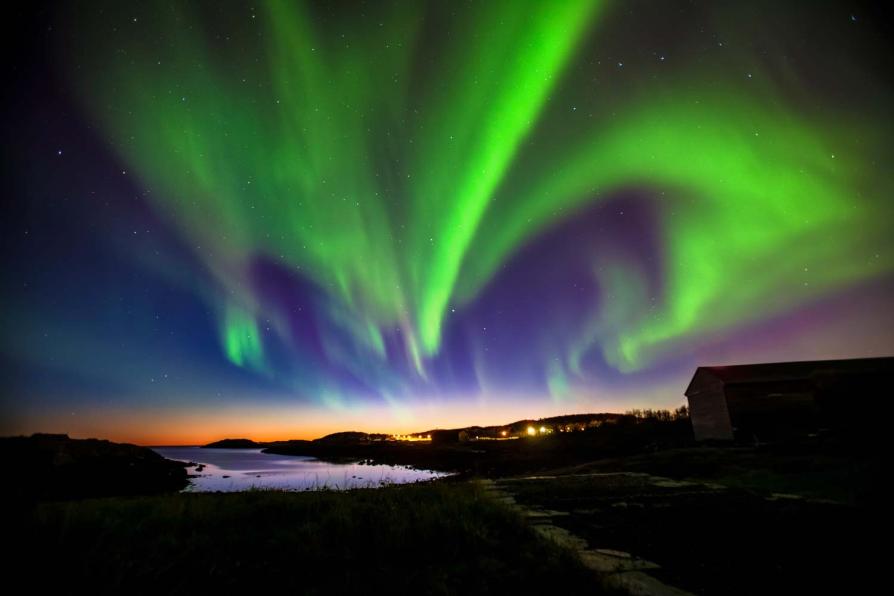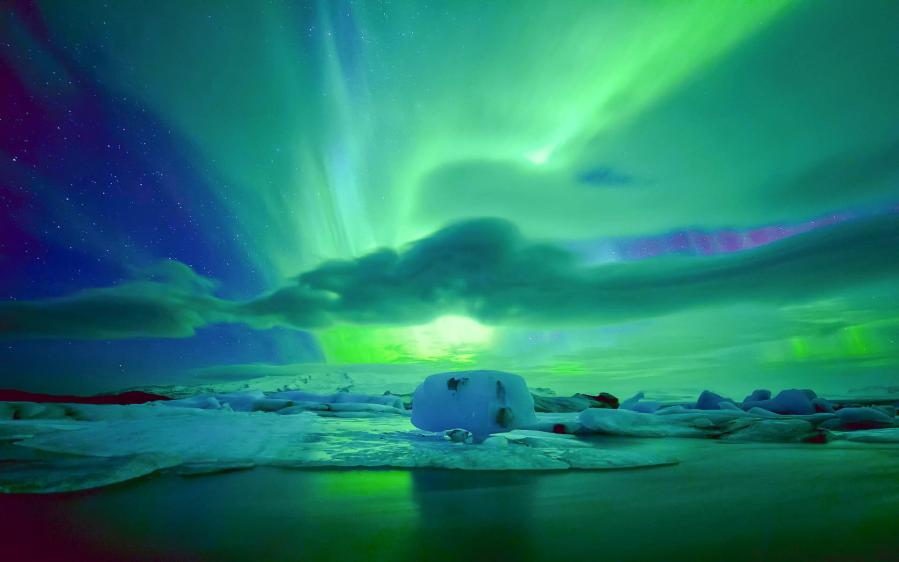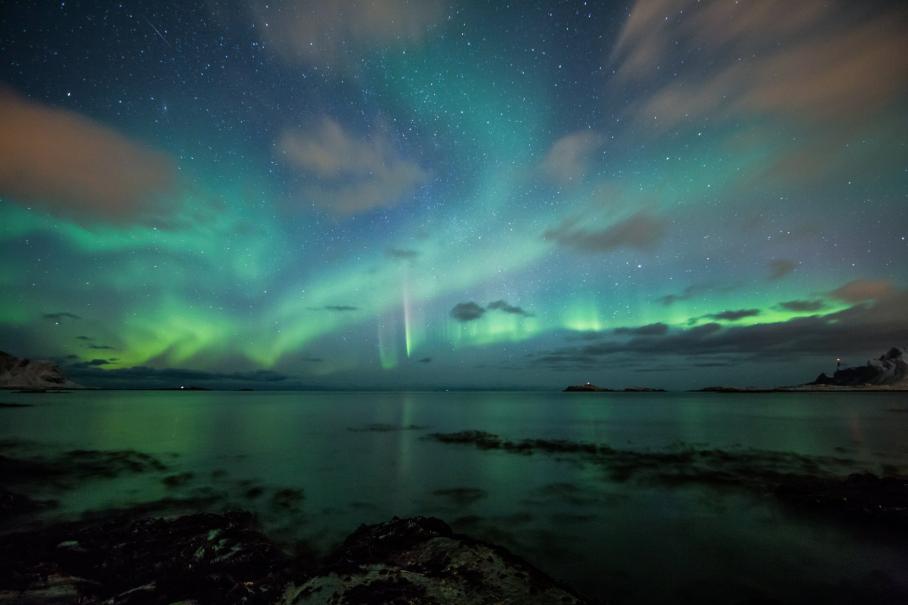What Causes the Northern Lights and How Can I See Them?
The Northern Lights, also known as Aurora Borealis, are a natural light display in the sky, primarily visible in high-latitude regions. This awe-inspiring phenomenon is caused by the interaction of charged particles from the sun with the Earth's atmosphere.

Brief Historical And Cultural Significance
Throughout history, the Northern Lights have been a source of wonder and fascination for people worldwide. Ancient beliefs and legends associated with the Northern Lights vary across cultures, often attributing them to divine intervention or supernatural forces.
In recent centuries, scientific understanding and exploration have shed light on the true nature of the Northern Lights. Scientists have studied the phenomenon extensively, unraveling the intricate processes behind its occurrence.
Causes Of The Northern Lights
Solar Activity
The Northern Lights are primarily caused by solar activity, particularly sunspots and solar flares. These events release charged particles, known as solar wind, into space.
- Sunspots: Dark areas on the sun's surface that are cooler and have intense magnetic fields.
- Solar Flares: Sudden and intense bursts of energy from the sun, releasing large amounts of charged particles.
Interaction with Earth's Magnetic Field

As the charged particles from the sun travel towards Earth, they interact with the Earth's magnetic field. This magnetic field guides the particles towards the poles, where they collide with atmospheric gases, creating the Northern Lights.
- Earth's Magnetic Field: The Earth's magnetic field is strongest at the poles, creating a funnel-like effect that directs the charged particles towards these regions.
- Collision with Atmospheric Gases: When the charged particles collide with atmospheric gases, such as oxygen and nitrogen, they excite these gases, causing them to emit light.
Atmospheric Conditions
Certain atmospheric conditions are necessary for optimal viewing of the Northern Lights:
- Clear Skies: Clear skies and minimal cloud cover allow for unobstructed views of the Northern Lights.
- Dark Nights: Dark nights, particularly around the new moon, provide the best conditions for viewing the Northern Lights.
- Auroral Oval: The auroral oval is a region in the sky where the Northern Lights are most frequently visible. It is located approximately 60 to 70 degrees latitude from the magnetic poles.
How To See The Northern Lights
Choosing the Right Location

To increase your chances of seeing the Northern Lights, choose a location that meets the following criteria:
- High-Latitude Regions: The Northern Lights are most commonly visible in high-latitude regions, such as Alaska, Canada, Scandinavia, and Iceland.
- Dark and Remote Areas: Avoid areas with light pollution, such as cities and towns. Dark and remote locations offer the best viewing conditions.
Optimal Viewing Conditions
For the best viewing experience, consider the following conditions:
- Clear Skies: Check the weather forecast and choose a night with clear skies and minimal cloud cover.
- Dark Nights: Plan your viewing around the new moon or nights close to it, when the sky is darkest.
- Auroral Activity Forecast: Check online resources for auroral activity forecasts to predict the likelihood of seeing the Northern Lights in your chosen location.
Tips for Viewing and Photography
- Dress in Warm Layers: Temperatures can drop significantly at night, especially in high-latitude regions. Dress in warm layers to stay comfortable during your viewing.
- Use a Tripod and Wide-Angle Lens: If you plan to take photographs, use a tripod to stabilize your camera and a wide-angle lens to capture the expansive display of the Northern Lights.
- Set Your Camera to Manual Mode: Adjust your camera settings manually to achieve the best results. Experiment with different shutter speeds, apertures, and ISO settings to capture the Northern Lights' beauty.
Safety Considerations
Keep the following safety considerations in mind when viewing the Northern Lights:
Cold Weather Precautions
- Dress Appropriately: Dress in layers and bring extra blankets or warm clothing to stay warm in cold weather.
- Bring Extra Layers and Blankets: Bring extra layers and blankets to stay warm in cold weather.
Avoiding Light Pollution
- Choose Viewing Locations Away from Cities and Towns: Avoid areas with light pollution, such as cities and towns. Choose dark sky parks or reserves for the best viewing conditions.
- Find Dark Sky Parks or Reserves: Look for dark sky parks or reserves in your area that offer designated locations for viewing the Northern Lights.
The Northern Lights are a captivating natural phenomenon that offers a glimpse into the intricate workings of our solar system. By understanding the causes and viewing conditions of the Northern Lights, you can plan an unforgettable experience to witness this awe-inspiring display of nature's artistry.
YesNo

Leave a Reply